June is a powerful month on Turtle Island. It holds space for both Pride Month and National Indigenous History Month, culminating in National Indigenous Peoples Day on June 21. It’s a time to celebrate identity, culture, and resilience, and to uplift the stories that have too often been silenced.
Among these stories is the sacred and powerful identity of Two-Spirit (2S) people.
Before colonization: A sacred role
Long before European settlers arrived, many Indigenous nations across Turtle Island recognized and honoured individuals who embodied both masculine and feminine spirits. These individuals were known by many names in their own languages, but today, many use the term Two-Spirit, a translation of the Anishinaabemowin phrase niizh manidoowag.
Two-Spirit people were not just accepted; they were revered. They often served as:
- Healers and medicine people.
- Mediators and visionaries.
- Keepers of tradition and ceremony.
Their ability to see the world through multiple lenses was seen as a gift—a form of “double vision” that allowed them to bridge worlds and roles within their communities.
The impact of colonization
With colonization came devastating changes. The imposition of Christian and Western gender norms erased the sacred roles of Two-Spirit people. Residential schools enforced rigid, binary gender roles and punished any deviation from them.
This led to the marginalization of Two-Spirit people within both settler and Indigenous societies. The trauma of this erasure is still felt today—but so is the strength of those reclaiming their identities.
Reclaiming identity and power
In 1990, during the third annual Intertribal Native American, First Nations, Gay and Lesbian American Conference in Winnipeg, Elder Myra Laramee proposed the term Two-Spirit as a pan-Indigenous identity to describe those who embody both masculine and feminine spirits.
Since then, Two-Spirit people have been leading movements of healing, education, and cultural revitalization. They are reclaiming their sacred roles and reminding the world that their identities are not new—they are ancient, powerful, and deeply rooted in Indigenous worldviews.
Why this matters today
- Two-Spirit is not a synonym for LGBTQ+; it is a culturally specific identity that belongs to Indigenous peoples.
- Non-Indigenous people cannot claim the Two-Spirit identity.
- Not all Indigenous cultures use or recognize the term, and that diversity must be respected.
How you can honour Two-Spirit people this month
- Learn from Two-Spirit voices and organizations.
- Include Two-Spirit history in Pride and Indigenous History Month events.
- Challenge homophobia and transphobia in all communities.
- Celebrate the resilience and sacredness of 2S people.
Learn more
- 2SLGBTQ+ & Indigiqueer health: UBC subject guide and resources - University of British Columbia (UBC)
- 2Spirit history and the path forward: Dr. Albert McLeod (4-minute video) - CTV News
- New stamp remembers pivotal moment when “Two-Spirit” term was first introduced and adopted - Canada Post
- Resources and support for Indigenous people who are trans, non-binary, or gender diverse Two-Spirit - Trans Care BC
- What is Two-Spirit? Origins - Canadian Museum for Human Rights

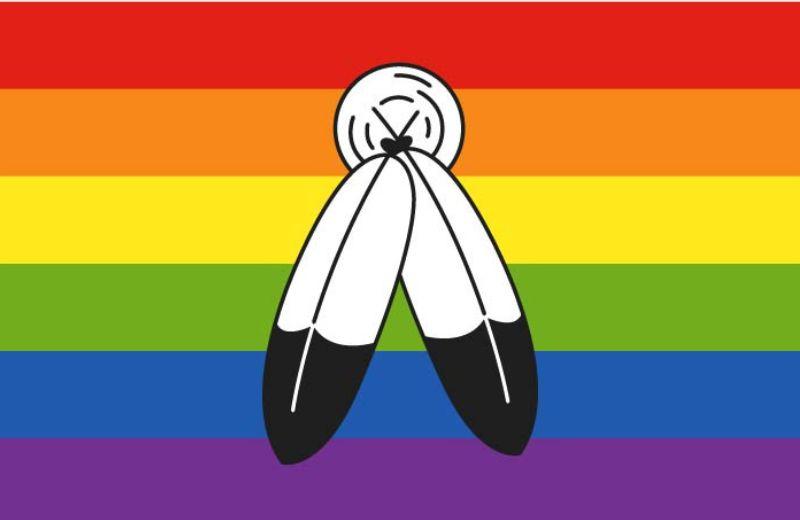

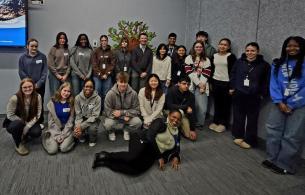
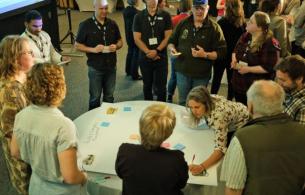

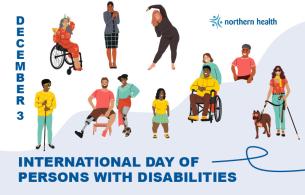




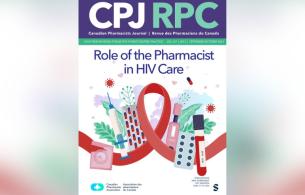


Comments